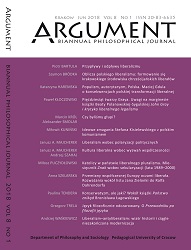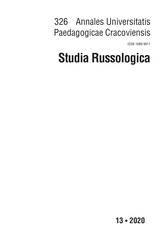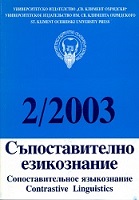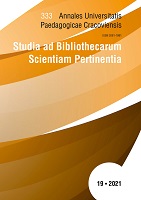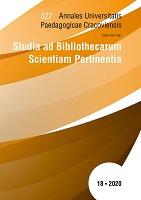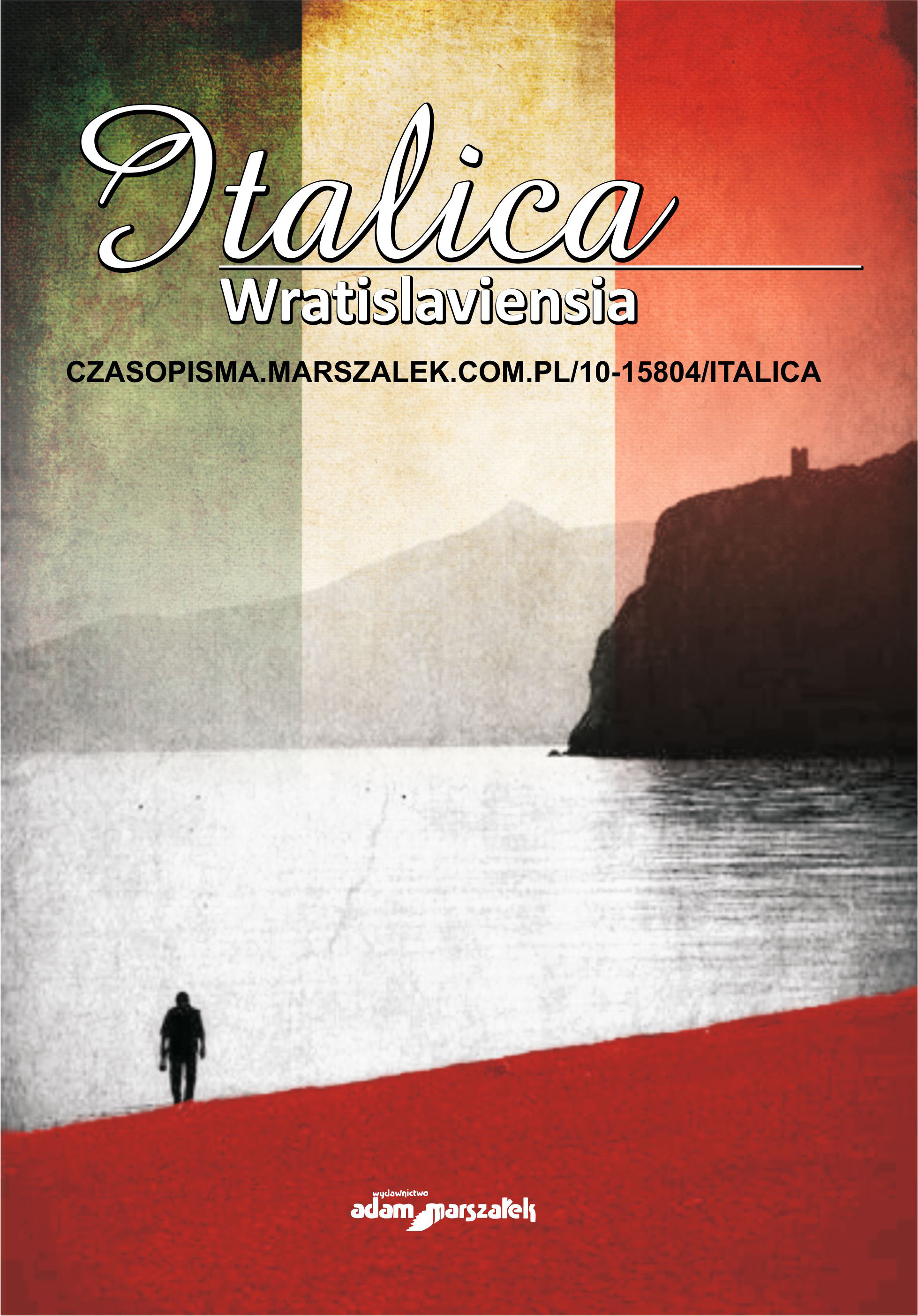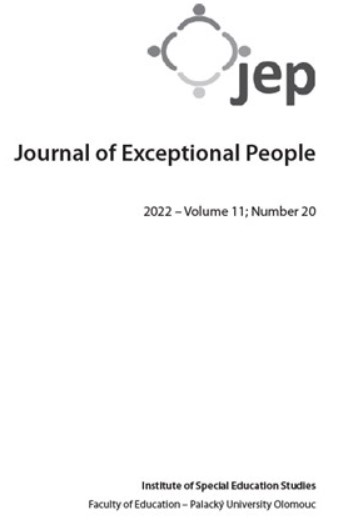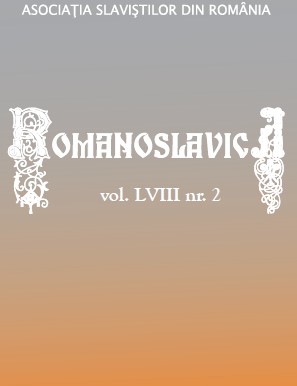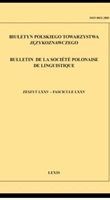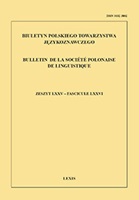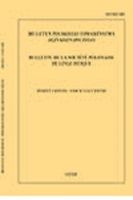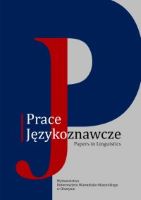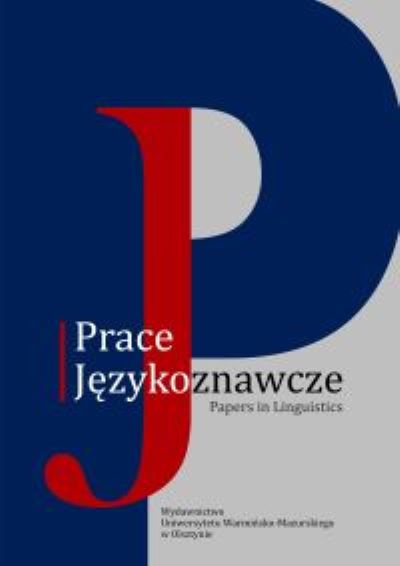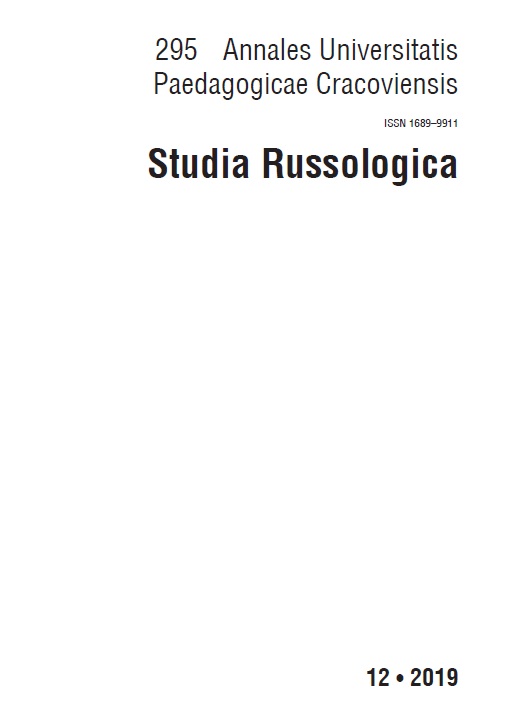
Rozwój semantyczny kontynuantów prasłowiańskiego leksemu *blaznъ a jego etymologia
The article discusses the semantic development of the Proto-Slavic lexeme *blaznъ. The text analyses the examples of the descendants of the word under research, whose basic meanings may be defined as: ‘mistake’, ‘temptation’, ‘sin’, ‘a mentally ill man’, ‘a stupid, gullible man’. Bearing in mind the diversity of opinion about the problem of the origin of the word, an attempt is made to seek new arguments in support of one of the two most common etymologies of the lexeme *blaznъ.
More...
